 GM is looking at ‘beat’ing the competition with its new hatch. Sarmad Kadiri brings the radical Beat face-to-face with the leaders of the class
GM is looking at ‘beat’ing the competition with its new hatch. Sarmad Kadiri brings the radical Beat face-to-face with the leaders of the class
Photography Sanjay Raikar & Sawan Hembram
Three good looking hatchbacks, all powered by 1.2-litre mills and manufactured by the best in the business – the Hyundai i10, the reigning champion in the segment, the urbane Ritz from India’s number one carmaker Maruti Suzuki and the newly launched and much talked about Chevrolet Beat. With options such as these, we are definitely spoilt for choice and also a little confused at the same time. This isn’t going to be easy, so grab your steaming cuppa and keep your senses focused as we speed ahead. The overall abilities of the three cars are almost on par with each other. Thus, even the slightest of advantage could have a major impact on the verdict.
 The first look
The first look
The Beat and the i10 are essentially Korean cars. The Beat has been designed by boffins at the GM-Daewoo design studio in South Korea and the end product is an absolute eye grabber. The first thing that commands your attention is the oversized front and the chunky grille flaunting the Chevrolet bow-tie. This gives the Beat a very dynamic stance. The high waistline and sloped roof with rails on top make the car look interesting from the side as well. To give a two-door appearance, the rear door handles have been disguised in the C pillars. These look good but do eat up the rear window glass and can seem claustrophobic to some. Like I mentioned in the first drive article on the Beat (January ‘10 issue), the large chrome trimmed tail lamps disappoint me. But that’s it. Much to my delight, the Beat looks radical overall and remains true to the concept design.
While we are still musing about radical designs, Maruti’s attempt of making the Ritz futuristic has not succeeded to the extent they would have expected it to. The biggest letdown is the car’s sliced rear and the large boomerang shaped tail lights. Yes, it does look distinct, but not in the best sense of the word. The more subtle Hyundai i10 crawls ahead of the Ritz in terms of design and appeal. But the showstopper among the three is the Beat with its futuristic lines and aggressive stance. The Beat knocks out the others in this round.
 Taking a seat
Taking a seat
The Maruti may have taken a beating in the previous round, but this could be a turnaround. The Ritz is the longest (3715mm), the widest (1680mm) and the tallest (1620mm) of the lot. The all-black dash has a nice feel, looks fresh and has a sporty tachometer popping from it. It is the only car to have steering mounted controls for the music system which comes really handy. The Ritz doesn’t offer a day-night driving RVM which is a big letdown as the other two cars have the feature in place. When compared against its rivals, the car also lacks cubby holes for storage especially around the driver’s seat. You can either keep the ashtray box or accommodate just one coffee mug. The co-passenger probably will not need the coffee as much as the driver. Lastly, the plastics used appear to be cheaper than the other two cars.
The Hyundai i10, on the other hand, has a very practical in-cabin layout with enough pockets for storage, a sober looking instrument console and steering. The quality of plastics used is the best among the three, with an upmarket beige dashboard and upholstery. Now here’s the spoiler, light coloured interiors are not the best choice for our country especially in the affordable, small car segment. They get easily soiled and the bright Indian sun’s reflection from the beige dash is almost blinding.
The Beat wins hands down in this segment with its appealing dashboard design and outstanding fit-finish. The dash with its twin console design and piano black trim looks fantastic. The plastic quality is not as good as the i10 but is reasonably okay. The superbike inspired instrument console looks great, however, a digital speedo and analogue tacho would have worked better than the existing analogue speedo and digital tachometer. It would have been fun to see the tacho needle swing to the limit and back while shifting gears and would have made the digital console less cluttered. The dash is fit for a higher segment car and the interiors are quite appealing. The Beat has contoured seats which offer good side support, but overall the seat is not deep enough to offer good lumbar support and the low seating position can be a problem during long drives. With so much headroom to spare, GM should have raised the seat’s height making it far more comfortable. The door shuts with an assuring thud and like the Ritz, the rear seats are split into 60:40 for convenience, a feature missing in the i10.
The Beat is the only car that does not have a remote key entry which is very disappointing. The blow that the Beat gets is the unusually small boot of just 170 litres coupled with a narrow lid. This also reduces rear visibility. Keeping in mind its top notch sedan like interiors, good plastics and very fresh styling, we have to declare Beat the winner in round two as well, closely followed by the i10 with its solid interiors. We are left desiring a lot more from the Ritz as far as the interior quality is concerned.
 Moving on
Moving on
Driving the Ritz around the city and on the highway shows why Maruti Suzuki is the leading carmaker in India. The Ritz has the most refined engine coupled with the most well sorted gears. Additionally, it is the most powerful car here as it delivers 85PS with a high torque output of 113Nm. But what the Ritz lacks is ride quality and also appears to be stiffer than the other two.
The Chevrolet brat has the best ride quality, not just among the three cars, but in the entire segment. The supreme ride quality also gives the car an advantage in the overall handling. The Beat feels sharp around corners and is a delight to manoeuvre through congested city traffic. The engine feels rev happy and dashes to 100km/h in 14.2 seconds. The Chevrolet engine has a noisy hum which gives a sporty feel, but can be irritating for non-enthusiasts. To squeeze performance out of the Beat, the engine needs to be pushed to high rpms (4000 to 4500). Yes, it appears to be fun, but also results in poor fuel economy of just 13.63kmpl. Not much fun any more, eh? Interestingly, the Ritz has a low optimum power band (between 2000 to 3000rpm), so you can get the maximum out of the car without straining the engine. It’s elementary that the Maruti is also the most fuel efficient, delivering 17.4kmpl overall despite being the heaviest in this shootout at 1005kg. The Beat and the i10 are a good 40kg and 70kg lighter respectively.
The Hyundai is a good mix of the two other cars as it offers a decent fuel economy of 15.12kmpl, has power equal to the Beat and a torque of 112Nm which is just short of the Ritz. The i10 has become so popular because it is quite effortless to drive. The power delivery is smooth and the car offers a comfortable ride, however, it feels comparatively less dynamic and has a vague steering response. The i10’s gear knob is located on the centre console like the Ritz and shifting in urgency is a breeze. The Beat has the gear stick in the conventional location and changing from third gear to forth ends up too far behind. Riding on the widest set of tyres, the Ritz dominates this round with its crisp drive and claims its first but critical win.
 So, who’s the winner?
So, who’s the winner?
Like I mentioned in the beginning, it’s not that easy. The Hyundai i10 has been dominating this segment because of its practicality in providing space, performance and efficiency. The car’s solid build quality, excellent engineering and Hyundai’s good service network makes it an obvious choice for families across India. But this is also one of the problems as its becoming common. Even with a price tag of Rs 5.46 lakh (on-road, Pune for the Asta variant), the car does not have tubeless tyres or alloy wheels or the 60:40 split rear seats which have become standard in other models of this segment. The easy to spoil beige interiors are of no help either.
The Ritz has the best fuel economy and better power and torque. No other carmaker can come close to Maruti’s dealership reach and after sales service. No other car brand can boast of such high resale values either. So the Ritz is the best overall car. There I’ve said it, but (yes, there is still room for a but) although it is the most expensive, the car doesn’t offer small albeit important features like a day-night driving RVM, not enough pockets for storage, etc. Most importantly, it is definitely not the best looker. The Ritz remains the most practical of the three with a super fuel economy of 17.4kmpl.
Let’s talk about the new kid on the block. The Beat looks simply smashing for the price. It has an impressive ride quality and handling that has set new standards in the segment. Even its cabin design, dashboard and futuristic instrument console have set a new benchmark. GM is offering a three-year or 100,000km warranty which happens to be the best in the class. And finally the knockout punch – the Beat is almost Rs 50,000 cheaper than the i10 and the Ritz. This could be an introductory price, but still is a significant savings especially in this price sensitive segment. The Beat makes for the best value for money option in this class. You can save 10 percent by purchasing a Beat and not spend a penny for the next three years (that’s roughly additional savings of another Rs 1 lakh) and in that time, hopefully you’ll be ready to upgrade to a sedan.






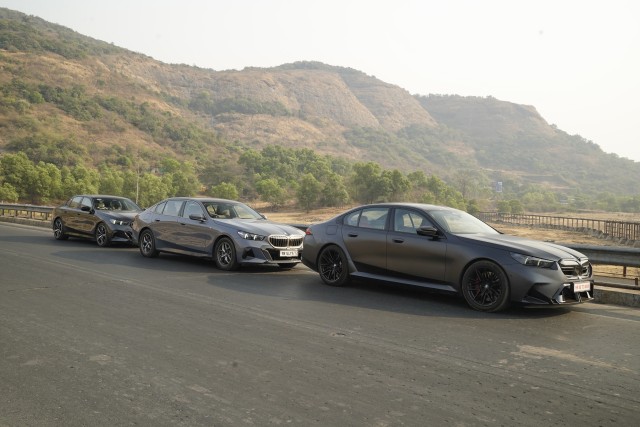

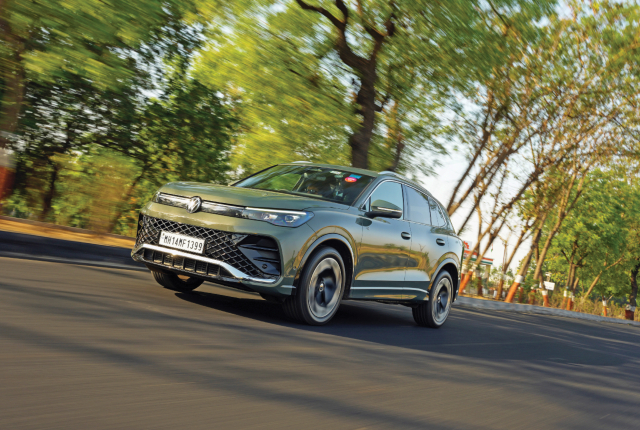
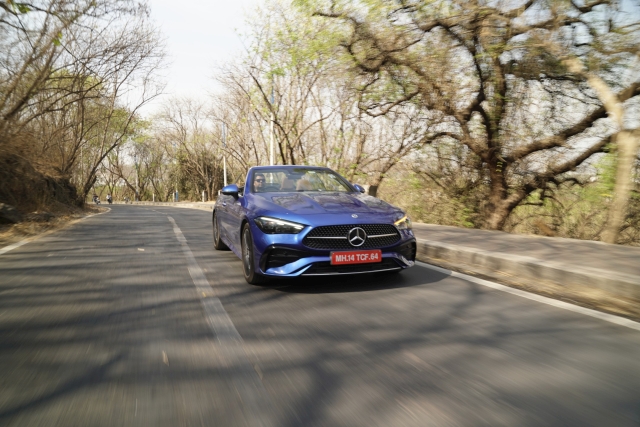

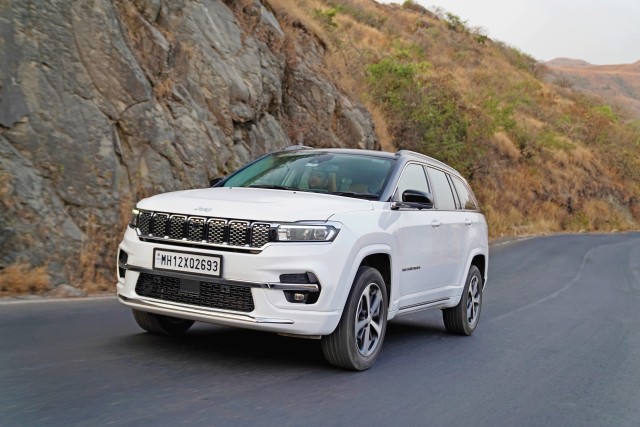
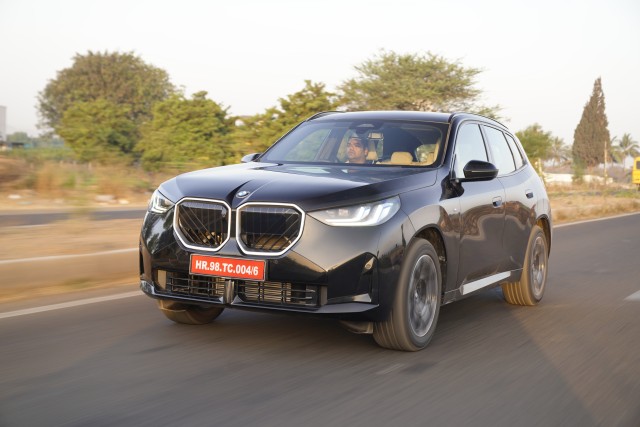
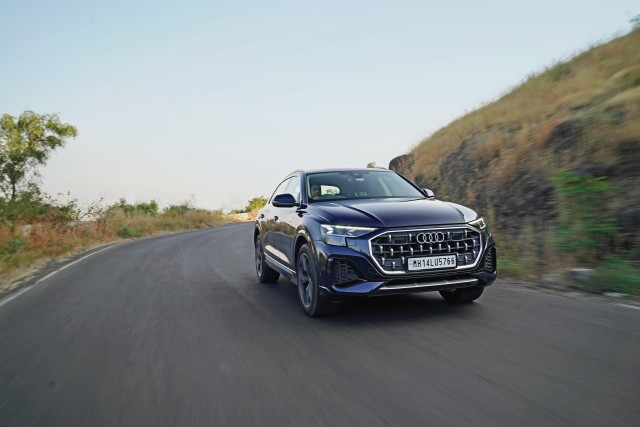
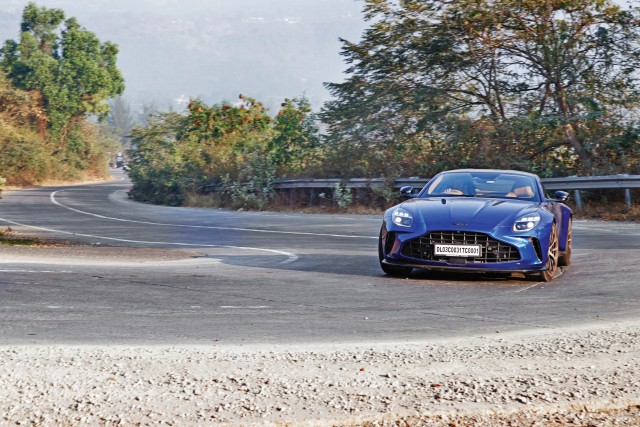
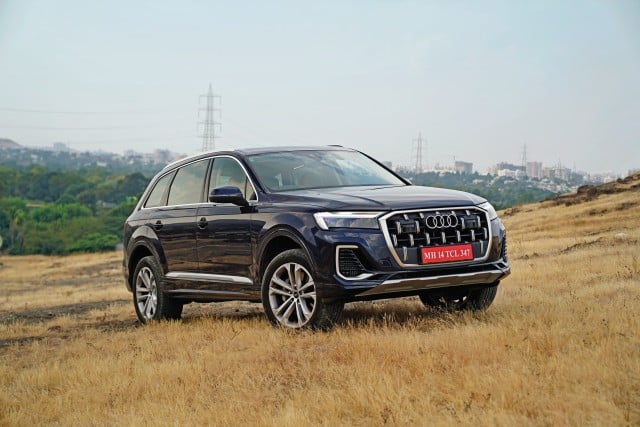
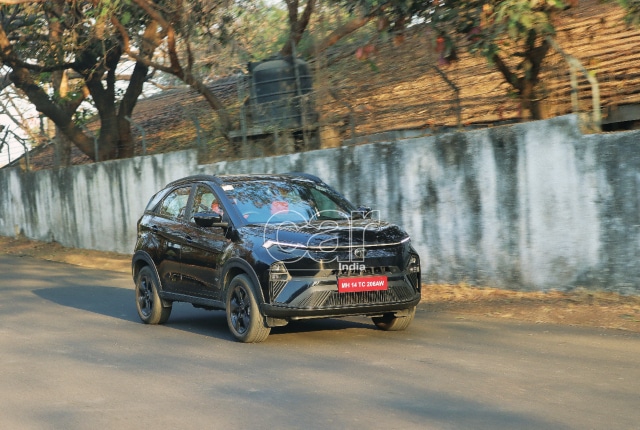




Leave a Reply